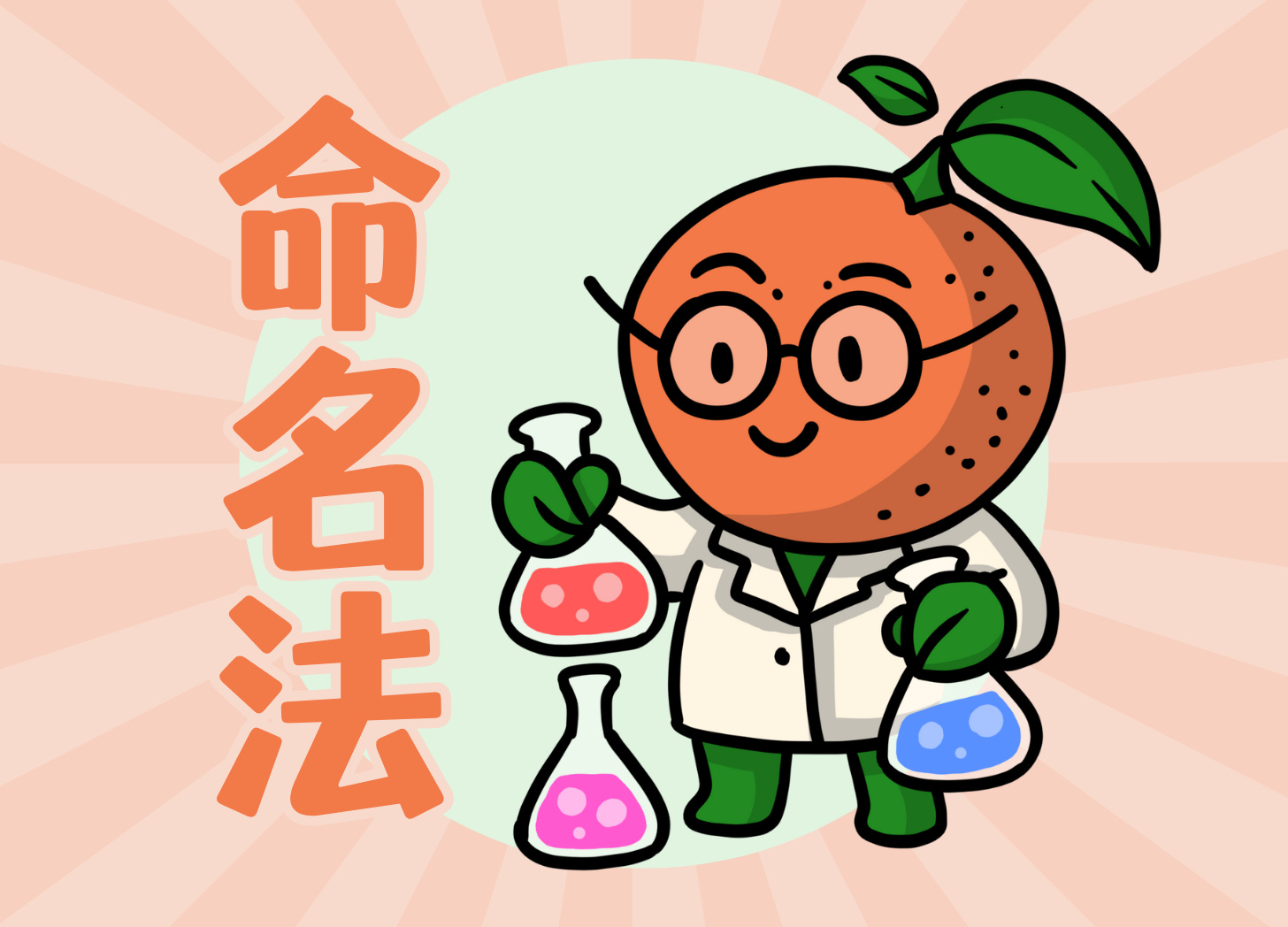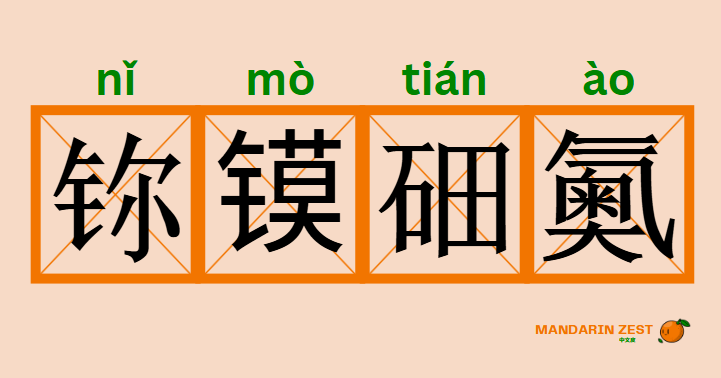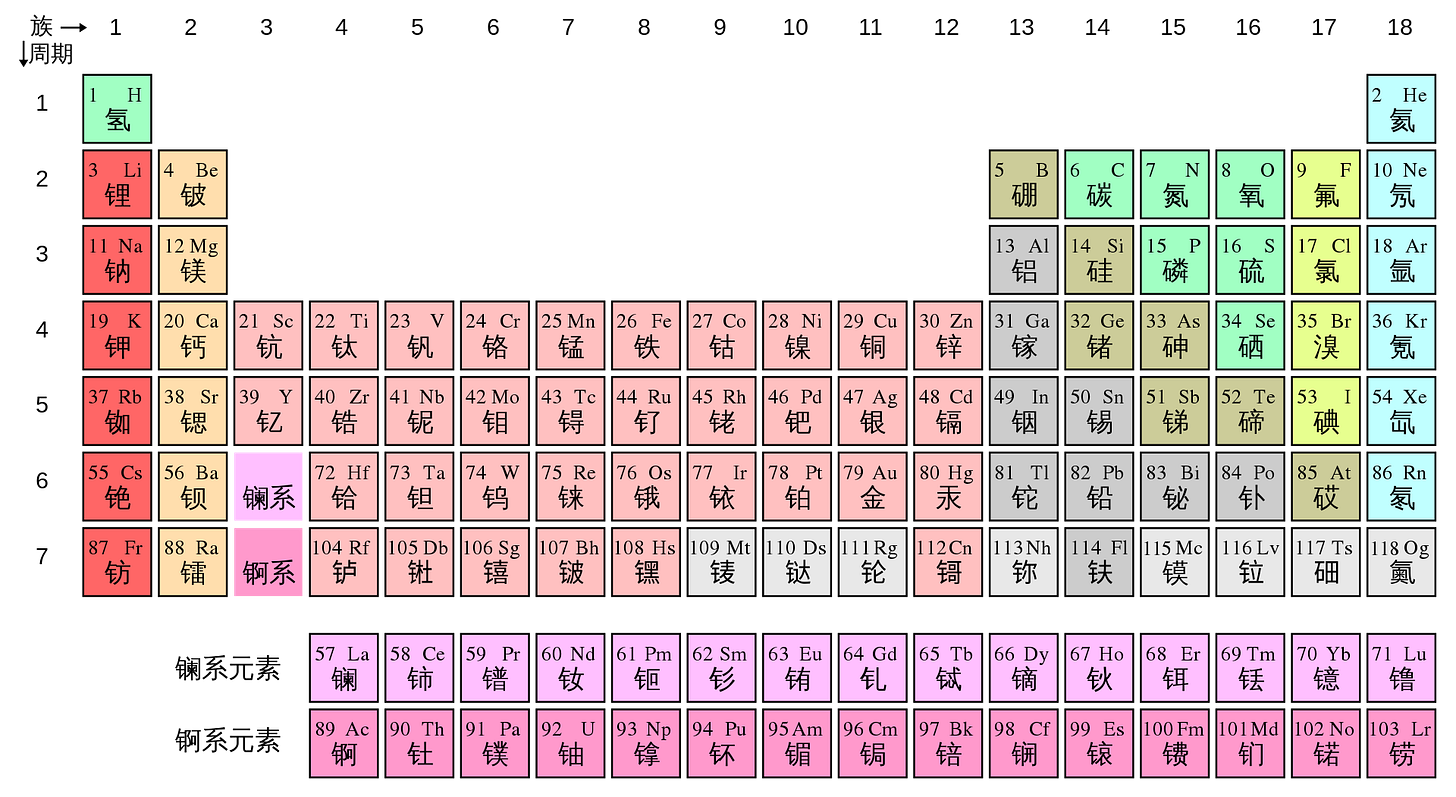Does China Ever Create Brand New Chinese Characters?
Generally No, But...
China stopped creating new Chinese characters a long time ago, and for good reason—there are already so many! Taiwan’s Dictionary of Chinese Character Variants (異體字字典, Yìtǐzì zìdiǎn), the most comprehensive Chinese character dictionary, records an astounding 106,230 characters.
And here’s the crazy part: nearly all of them have been encoded in the Unicode Standard—the character encoding system that digitizes writing systems. Considering Unicode includes about 150,000 characters, this means Chinese characters represent nearly two-thirds of all digitized writing symbols.
So, what happens when Chinese needs to express a brand-new concept? Usually, a compound word is created, such as 电话 (diànhuà, "electric speech") to mean "telephone." Alternatively, an existing but rarely used character might be revived and given a modern meaning. A great example is 囧 (jiǒng), an ancient character meaning "window" that was reinterpreted by Chinese netizens as an emoji-like symbol for "frustrated, embarrassed, or helpless."
There is, however, one notable exception: chemical elements. Whenever a new element is discovered, China creates a completely new character to represent it. The most recent addition happened as recently as 2017!
(2017) 5月9日,经过公众提议、两岸协商、专家研讨和学界征询等程序,中国科学院、国家语言文字工作委员会、全国科学技术名词审定委员会在京联合发布了113号、115号、117号和118号4个新合成元素的中文定名,依次为“鿭”(nǐ) 、“镆”(mò) 、“鿬”(tián) 、“鿫”(ào)。
公众提议 (gōngzhòng tíyì): Public proposal
两岸 (liǎng'àn): Cross-Strait (referring to China and Taiwan)
协商 (xiéshāng): Negotiate; consultation
征询 (zhēngxún): Solicit opinions; seek advice
元素 (yuánsù): Element
(2017) On May 9, following procedures such as public proposals, cross-strait consultations, expert discussions, and academic consultations, the Chinese Academy of Sciences, the National Language and Script Work Committee, and the National Committee for Science and Technology Terminology Standardization jointly announced in Beijing the Chinese names for four new synthetic elements with atomic numbers 113, 115, 117, and 118. They were named as follows: “鿭” (nǐ), “镆” (mò), “鿬” (tián), and “鿫” (ào).
But how exactly are Chinese words for chemical elements created?
在中文元素命名法里,每个化学元素用一个汉字命名,并用该字部首来表示此元素常温(摄氏25度,华氏77度,或者开氏298度)时之物态:
固态的金属元素使用金字旁。例:铜、铑
固体的非金属元素使用石字旁。例:硅、碳
液态元素使用水字旁(在左偏旁时作三点水)。例:汞、溴
气态元素使用气字旁。例:氧、氟
命名法 (mìngmíngfǎ): Nomenclature
常温 (chángwēn): Room temperature; normal temperature
摄氏 (shèshì): Celsius
华氏 (huáshì): Fahrenheit
开氏 (kāishì): Kelvin
In the Chinese system of naming chemical elements, each element is represented by a single Chinese character, and the radical (部首) of that character indicates the element’s physical state at normal temperature (25°C, 77°F, or 298 K):
Solid metallic elements use the “metal” radical (金字旁). Examples: copper (铜), rhodium (铑).
Solid non-metallic elements use the “stone” radical (石字旁). Examples: silicon (硅), carbon (碳).
Liquid elements use the “water” radical (水字旁), which appears as three dots on the left side when used as a radical. Examples: mercury (汞), bromine (溴).
Gaseous elements use the “gas” radical (气字旁). Examples: oxygen (氧), fluorine (氟).
金、银、铜、铁、锡、硫、汞、铅是古代就已知的元素,故无需造字,可直接使用。
磷之名称来自磷火一物,本作“粦”或“燐”,后加石旁以符合元素命名规范。
碳之名称来自木炭、煤炭等物,本作“炭”,后加石旁以符合元素命名规范。
另外,部分元素的命名源自于古代的生僻字。
生僻字 (shēngpìzì): Rare or uncommon Chinese character
Gold, silver, copper, iron, tin, sulfur, mercury, and lead are elements known since ancient times, so there was no need to create new characters; existing ones could be used directly.
The name for phosphorus comes from “phosphorescence” and was originally written as “粦” or “燐,” later adding the “stone” radical (石旁) to conform to the element naming conventions.
The name for carbon comes from materials like charcoal and coal, originally written as “炭,” later adding the “stone” radical (石旁) to conform to the element naming conventions.
In addition, some element names are derived from rare ancient Chinese characters.
Curious about all the elements in Chinese?
Check out the table below. Can you find the four new characters that were added in 2017?
Fun fact: Many of our Taiwanese friends can recite the full periodic table by heart, regardless of their academic background, simply because they were required to memorize it in high school and never forgot it.
Antoine & Dorota








真的有意思